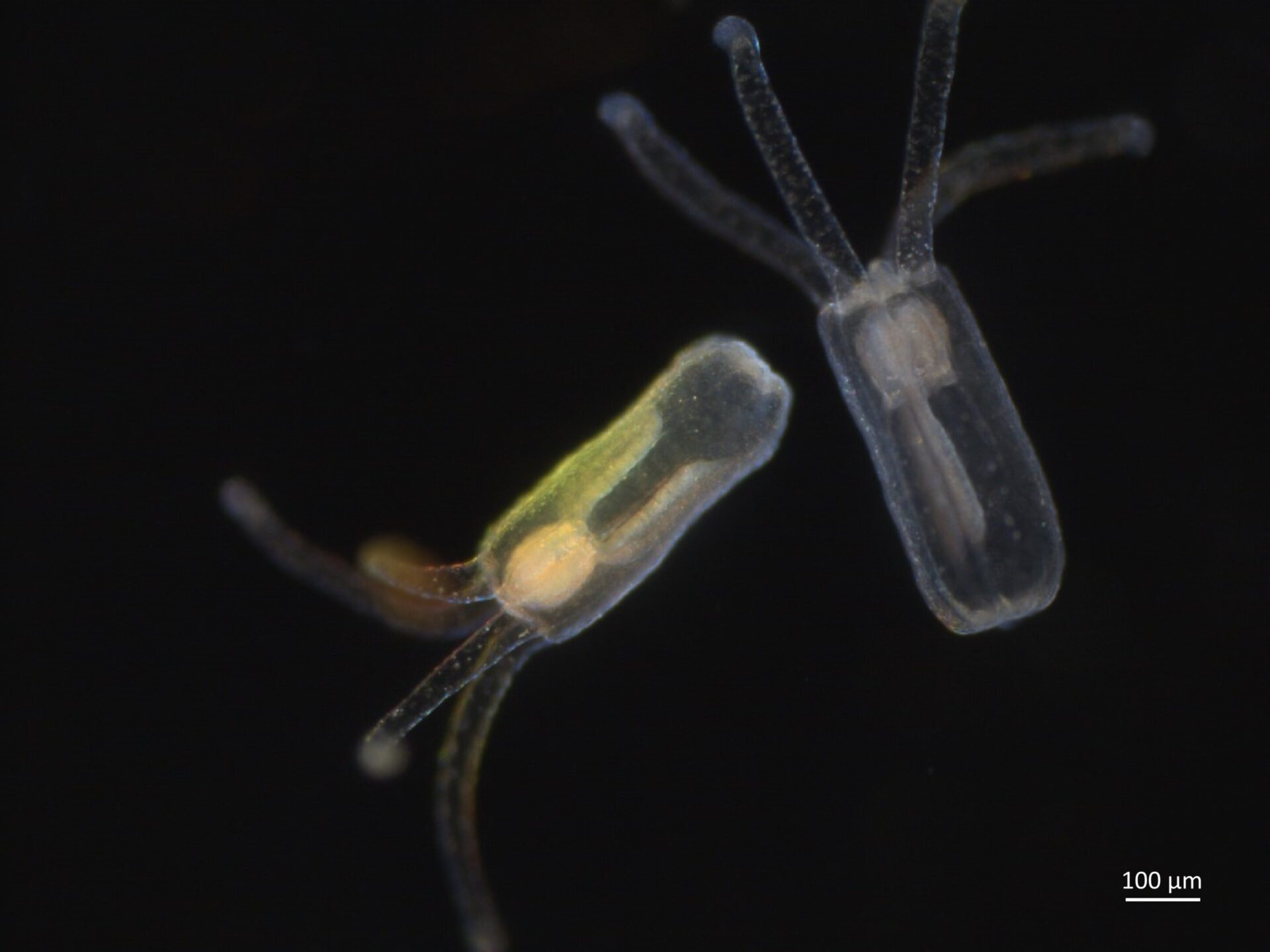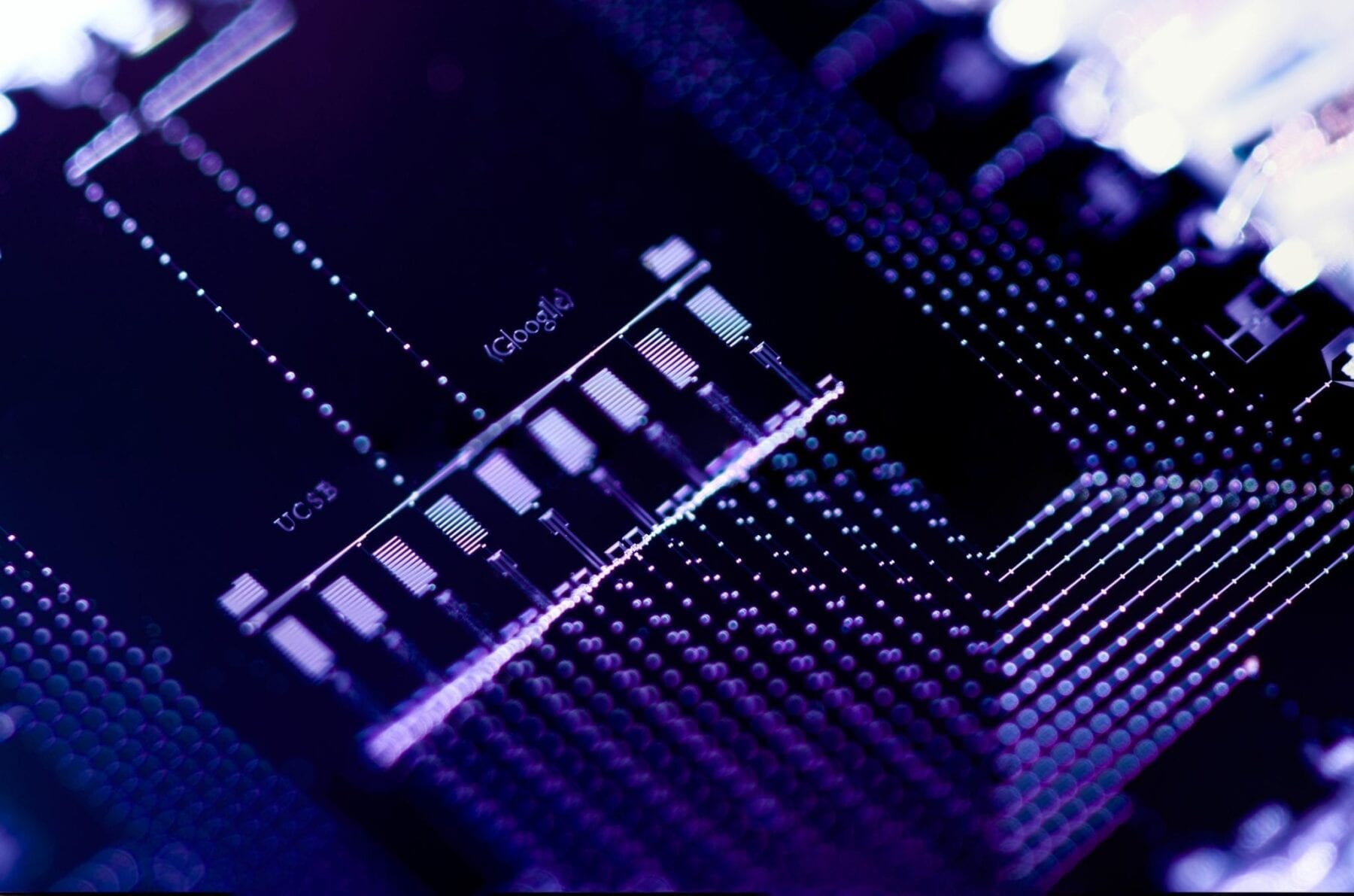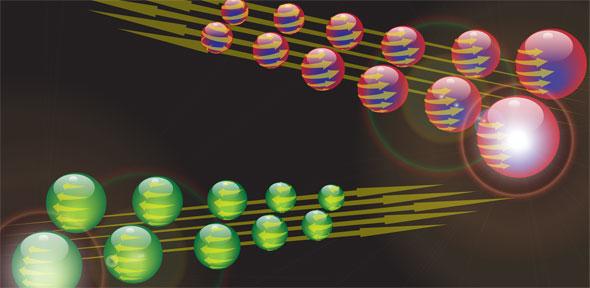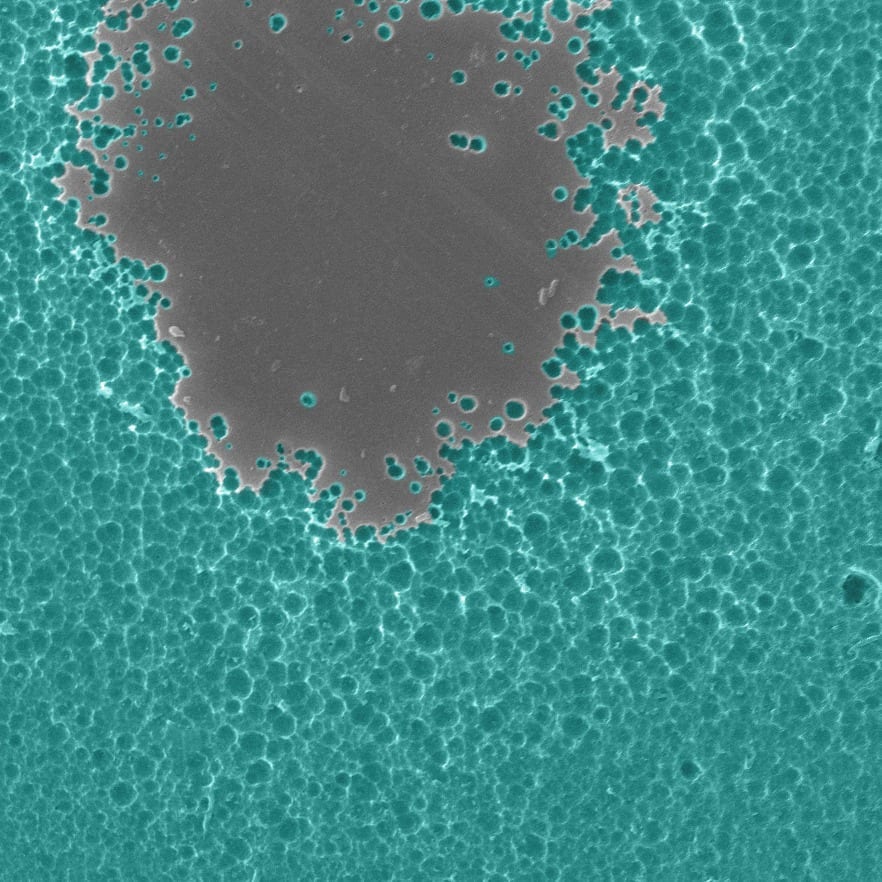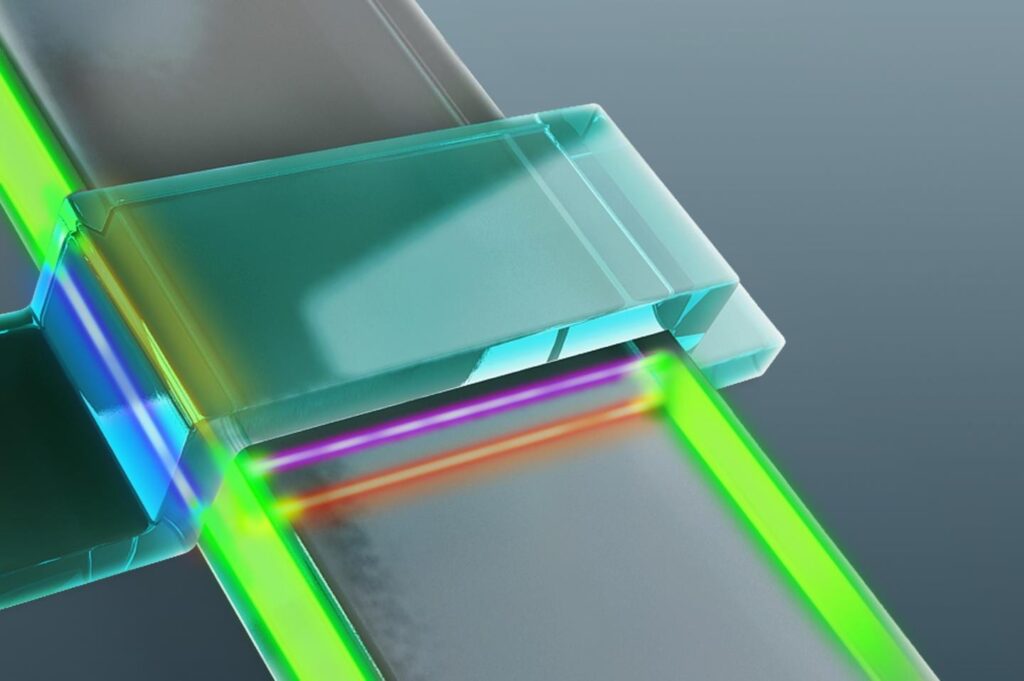
CREDIT
Courtesy UCLA
U.S. Army-funded researchers at the University of California in Los Angles have found a proverbial smoking gun signature of the long sought-after Majorana particle, and the find, they say, could block intruders on sensitive communication networks.
The Majorana particles, which were predicted more than 80 years ago by Italian theoretical physicist Ettore Majorana, could become critical building blocks for quantum computers because their unusual properties make them resistant to external interference and prevent loss of quantum information.
The discovery not only solves a long standing problem in physics, but also opens up a potential avenue to control Majorana fermions for realizing robust topological quantum computing, said Dr. Joe Qiu, manager of the Solid-State Electronics Program within the Engineering Sciences Directorate at the Army Research Office, an element of the U.S. Army Research Laboratory, located at Research Triangle Park in Durham, North Carolina.
Quantum computers could solve problems much more quickly and efficiently than classical computers, potentially leading to significant improvement in situational awareness with the capability to process large amount of available data, a fundamental priority research area for the U.S. Army.
“Prior experimental approaches based on semiconductor nanowires on superconductors have produced inconclusive signals which could also be attributed to other effects,” Qiu said. “The UCLA experiment using stacked layers of magnetic topological insulator and superconductor has demonstrated the clearest and most unambiguous evidence of the particles as predicted by theory so far.”
The research leading to the discovery represents a close interdisciplinary collaboration between a team of researchers including electrical engineers, physicists and material scientists. The UCLA team is funded by an Army Multidisciplinary University Research Initiative, or MURI, award jointly managed by Electronics (Dr. Joe Qiu), Physics (Dr. Marc Ulrich) and Materials (Dr. John Prater) Divisions at ARO. ARO funds research to initiate scientific and far-reaching technological discoveries in extramural organizations, educational institutions, nonprofit organizations and private industry that may make future American Soldiers stronger and safer.
This research was led by Prof. Kang Wang, a UCLA distinguished professor of electrical engineering, of physics and of materials science and engineering, who also holds UCLA’s Raytheon Chair in Electrical Engineering.
First published in the prestigious journal Science last July, the research was featured in an invited talk presented by Professor Wang as well as two other related invited talks by his collaborators during the American Physical Society March Meeting.
“Because the Majorana particle is its own anti-particle — carrying zero electrical charge — it is viewed as the best candidate to carry a quantum bit, or qubit, the unit of data that would be the foundation of quantum computers. Unlike ‘bits’ of data in standard computers, which can be represented as either 0s or 1s, qubits have the ability to be both 0s and 1s, a property that would give quantum computers exponentially more computing power and speed than today’s best supercomputers,” Qiu said.
The Majorana particle has been the focus of keen interest for quantum computing in large part because its neutral charge makes it resistant to external interference and gives it the ability to leverage and sustain a quantum property known as entanglement. Entanglement allows two physically separate particles to concurrently encode information, which could generate enormous computing power.
“Imagine that bits of data in standard computers are like cars traveling both ways on two-lane highways,” said Wang, who also is director of the King Abdulaziz City for Science and Technology’s Center of Excellence in Green Nanotechnology. “A quantum computer could have many lanes and many levels of ‘traffic,’ and the cars could hop between levels and travel in both directions at the same time, in every lane and on every level. We need stable, armored quantum ‘cars’ to do this and the Majorana particles are those supercars.”
For their research, the team set up a superconductor, a material that allows electrons to flow freely across its surfaces without resistance, and placed above it a thin film of a new quantum material called topological insulator, to give the engineers the ability to manipulate the particles into a specific pattern. After sweeping a very small magnetic field over the setup, the researchers found the Majorana particles’ distinct quantized signal — the telltale fingerprint of a specific type of quantum particles — in the electrical traffic between the two materials.
“The Majorana particles show up and behave like halves of an electron, although they aren’t pieces of electrons,” said Qing Lin He, a UCLA postdoctoral scholar and co-lead author of the Science paper. “We observed quantum behavior, and the signal we saw clearly showed the existence of these particles.”
In the experiment, Majorana particles traveled along the topological insulator’s edges in a distinct braid-like pattern. The researchers said the next step in their research will explore how to use Majorana particles in quantum braiding, which would knit them together to allow information to be stored and processed at super high speeds.
Lei Pan, a UCLA doctoral student in electrical engineering and the paper’s co-lead author, said Majorana particles’ unique properties would appear to make them especially useful for topological quantum computers.
“While conventional quantum systems have sophisticated schemes to correct errors, information encoded in a topological quantum computer cannot be easily corrupted,” he said. “What’s exciting about using Majorana particles to build quantum computers is that the system would be fault-tolerant.”
Learn more: Army scientists uncover how to stop cyber intrusions
The Latest on: Majorana particles
[google_news title=”” keyword=”Majorana particles” num_posts=”10″ blurb_length=”0″ show_thumb=”left”]
via Google News
The Latest on: Majorana particles
- Scientists at the MAJORANA Collaboration look for rule-violating electronson April 24, 2024 at 5:10 am
In a new study published inNature Physics, scientists at the MAJORANA Collaboration have tested the stringency of charge conservation and Pauli's exclusion principles using underground detectors.
via Bing News




